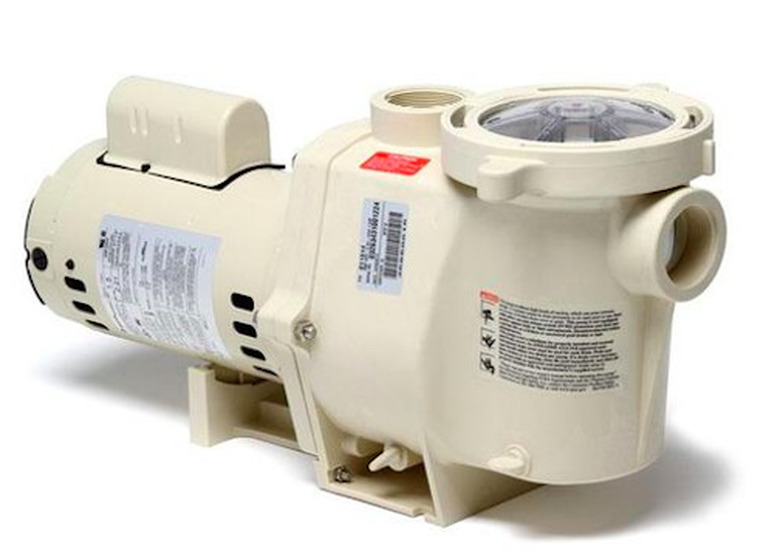What To Do When A Pool Pump Will Not Start?
Your pool's pump works hard to keep the water clean. After drawing water through the influent line, it passes the liquid through a strainer basket and then through a rotating impeller that forces the water through a filter of some type and finally back into the pool via an effluent line. Before any of these vital steps occur, however, the pump's motor must start. While pumps vary according to make and model, some universal troubleshooting tips may help you get your pump back on.
Power Problems
If your pump's motor doesn't start at all, a lack of power is a likely culprit. Some troubleshooting steps:
- First, make sure the pump's switch is set to its ON position.
- Check your home's electrical service panel for a blown fuse or tripped breaker, and address these issues as necessary.
- If the pump is connected to an electrical circuit that is insufficient in terms of amperage, the pump motor may hum but fail to run fully. Make sure the circuit amperage is sufficient to run the pump. Most building codes require a dedicated circuit to power the pool pump — if the circuit feeds other electrical appliances, it may not generate sufficient amperage to run the pool pump motor.
- During heat waves, your utility company may experience a power drop. Contact your electric company to confirm that the problem lies in your pump and not in your power supply.
Clogged Pump Impeller
A clogged impeller may prevent your pool pump from starting up. To remedy this, turn your pump's power OFF at the circuit breaker, and then remove the pump basket lid and take out the basket. Carefully remove any visible debris from the disc-shaped impeller by hand until it spins easily. If you can feel debris in the impeller mechanism but can't remove it, contact a pool technician to dismantle the pump and clean or repair the impeller.
Other Issues
There are other less likely causes that should be investigated if the power source is sufficient and the impeller is not clogged:
- If you have a pool timer, ensure that it's operational and set to cycle as you want it to — otherwise, your pump may not start.
- In particularly hot weather, a thermal overload can cause your pump to shut down during operation. Allow the pump to cool before restarting it. Likewise, clear the pump's air-intake vents of debris to remedy an overheating pump motor, which is prone to shutting down mid-cycle.
Beyond the Basics
If basic troubleshooting procedures don't address your pump's nonstarting issues, consult your user manual for further guidance. If these troubleshooting tips still don't remedy the pump, contact the manufacturer for instructions or for a referral to the nearest authorized repair service. Issues such as corroded bearings or a faulty start capacitor — often indicated by an oily discharge or white, powdery residue — call for professional repair.
